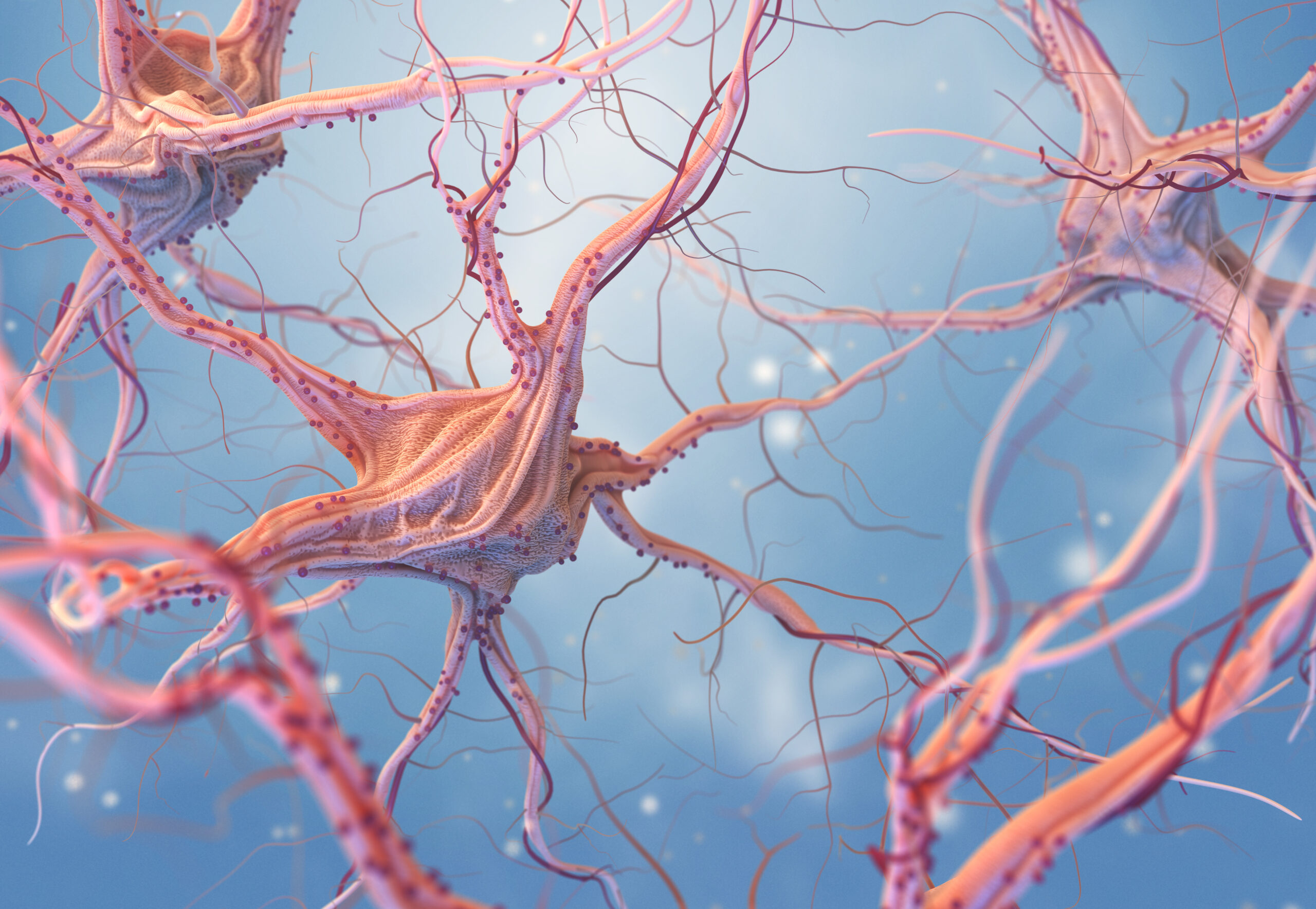Multiscale investigation of 7q11.23 copy number variation in neurodevelopmental disorders

Using diverse omics approaches and multiscale disease modelling, Human Technopole researchers uncovered the effects of 7q11.23 CNV – a section of chromosome 7 – on neuronal differentiation, gene expression, protein synthesis, and intrinsic neuronal excitability in two neurodevelopmental disorders (i.e. Williams-Beuren and 7q microduplication syndromes). The research results are published in The Journal of Clinical Investigation.
Copy number variation (CNV) at 7q11.23 has been previously linked to two neurodevelopmental disorders (NDDs) leading to intellectual disability and neurocognitive deficits. This locus contains several genes encoding for key regulators of transcription and translation. A hemizygous deletion in 7q11.23 leads to Williams-Beuren syndrome (WBS), a neurodevelopmental disorder characterised by hypersociability, intellectual disability and anxiety. In contrast, duplication of 7q11.23 is responsible for 7q microduplication syndrome (also called 7Dup or Dup7), a rare genetic condition marked by speech disorder, delayed development, intellectual disability, and autism-like traits. Several studies have previously focused on the molecular mechanisms of WBS and 7Dup but little is known about the interplay between 7q11.23 CNV and different gene expression regulatory levels.
To address this question, the Testa Group at the Neurogenomics Research Centre at Human Technopole and collaborators at the European Institute of Oncology (IEO, Milan), ETH Zürich, Humanitas Research Hospital, University and Ospedale Maggiore Policlinico of Milan, Radboud University Medical Center, and Fondazione Romeo ed Enrica Invernizzi developed a multiscale approach to investigate the neuronal differentiation, transcriptomics, translatomics (ribosome profiling), proteomics, and electrophysiological dynamics of induced glutamanergic neurons from control and 7q11.23 CNV patients. The findings were validated in isogenic cell lines mimicking the dosages of 7q11.23 found in WBS and 7Dup disorders.
Using different neuronal models, the researchers found that 7q11.23 CNV affects neuronal differentiation, protein translation, and neuronal transmission gene expression in a symmetrically opposite manner. While the duplication in 7q11.23 increased neuronal transmission gene expression, ribosomal protein transcripts were decreased, whereas the deletion of the region had an opposite effect compared to the control. Interestingly, differences in translation-related genes were buffered at the level of translation. The researchers then focused on the mammalian target of rapamycin (mTOR) pathway, a master regulator of cell growth, proliferation, metabolism, and protein synthesis, as well as neural stem cell differentiation, and neuronal maturation and function through the regulation (phosphorylation) of S6 kinase (S6K) and eIF4E binding proteins 1/2 (4E-BP1/2). The team found that phosphorylated RPS6 (indicative of mTOR activity, as it is the downstream target of S6K) was higher in 7Dup compared with both the control and WBS conditions. The opposite was observed in the case of 4E-BP, which was more phosphorylated in WBS. These results point to a differential role of mTOR, RPS6, and 4E-BP in neurogenesis.
In summary, the multiscale disease modelling approach used by the Testa Group illuminates the complexity of ribosomal biogenesis and the roles of RPS6 and 4E-BP in two distinct yet closely related NDDs. These findings deepen our understanding of the molecular pathways underlying WBS and 7Dup disorders and pave the way for new treatments.
“Starting from the pair of 7q11.23 CNVs featuring a paradigmatic suite of symmetrically opposite and shared manifestations, we uncover several dosage-dependent endophenotypes that are well-established proxies of cognitive-behavioural phenotypes, revealing a multilayered interplay between the kinetics of differentiation and neuronal function with transcriptional and translational control that can productively inform the study of other NDDs”, the authors say.
J Clin Invest. 2024;134(14):e168982. https://doi.org/10.1172/JCI168982.




